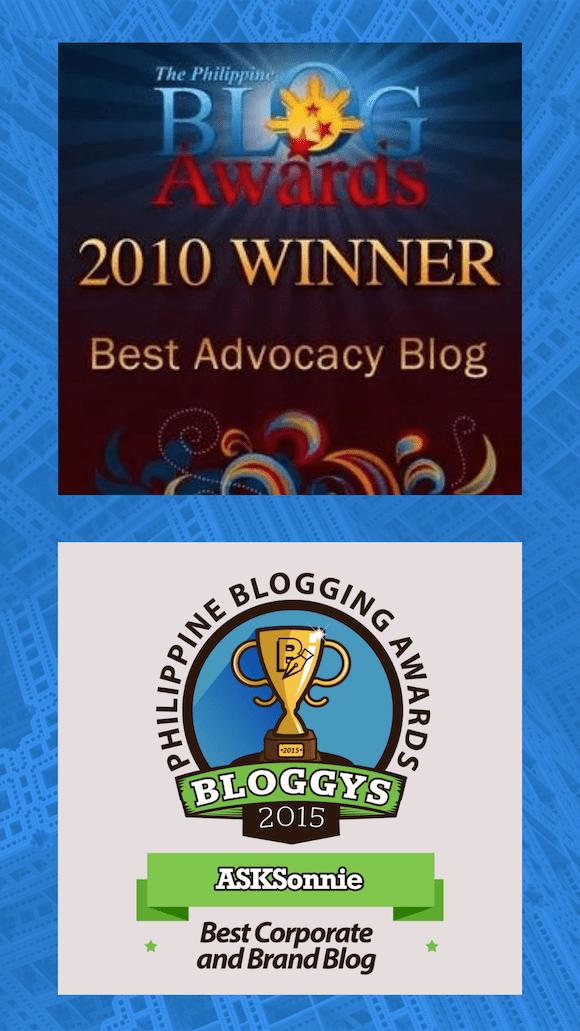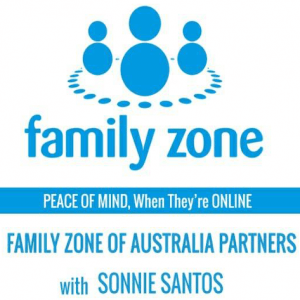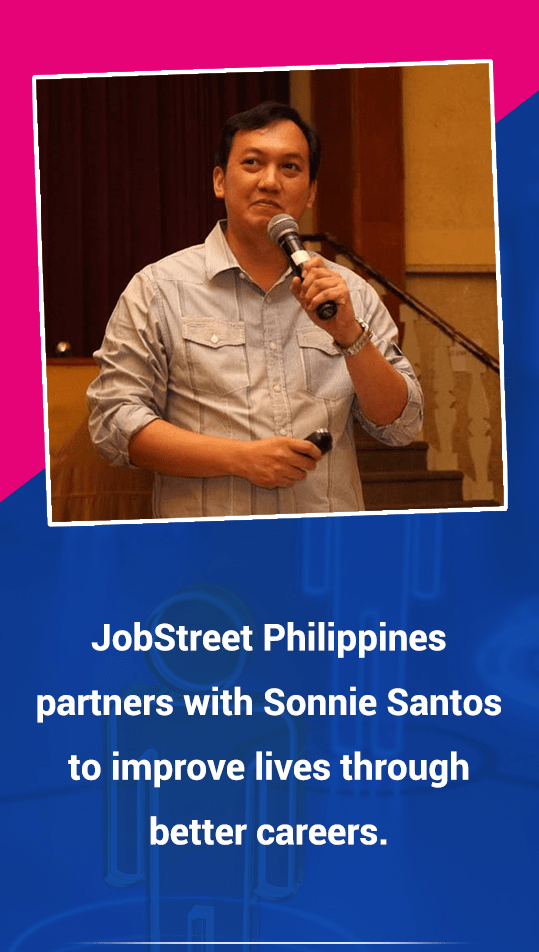If you or someone you know is experiencing digital harassment, visit our practical guide on Seven to Dos When Cyberbullied for immediate steps and local resources.
As technology continues to evolve, so does the nature of cyberbullying in 2025. Artificial Intelligence (AI) has become a tool for harm, enabling tactics like deepfakes and algorithmic harassment. This article also highlights a recent study showing that HOPE can play a role in reducing aggression and building resilience.
It then delves into the crucial alignment of values and laws that the global and Philippine communities are forging to protect young and vulnerable users. Beyond legislation, we also look at how strengthening human support systems and nurturing hope can build resilience, turning the tide against online abuse.
Finally, by kickstarting practical programs and community-driven actions lay out a path to foster empathy, safety, and dignity—empowering all of us to counter cyberbullying in its latest, most complex form.

Cyberbullying in 2025: Stories Behind the Headlines
- Philippines: In School Year 2024–2025, DepEd NCR logged 2,500 bullying cases, many involving digital harassment. Officials warn that a shortage of guidance counselors leaves children vulnerable (GMA News).
- Malaysia: TikTok influencer Rajeswary “Esha” Appahu endured months of online vilification after criticizing unsafe cosmetics. In July 2024, she tragically died by suicide. Courts later fined some offenders as little as RM100, sparking outrage and calls for stronger cyberbullying laws (South China Morning Post).
- France: Paris Olympics creative director Thomas Jolly was bombarded with homophobic and antisemitic abuse online after the Opening Ceremony. Seven people were later charged with cyberbullying (AP News).
- USA: Netflix’s Unknown Number revisits the shocking case of a mother who cyberbullied her own daughter for two years under fake identities (People).
These real stories reveal that cyberbullying today is no longer just about isolated acts or youthful misconduct. The rise of sophisticated AI tools has transformed the landscape, magnifying harm in new and unexpected ways. As cyberbullying evolves, so too must our approach—starting with a clear alignment on values and principles that prioritize human dignity, privacy, and safety. Only by grounding technology use in such values can we build effective safeguards for children and adults alike.
A — Align Values Before Technology
In 2012, cyberbullying was largely defined by platform misuse and the lack of effective safeguards. Fast forward to 2025, AI-driven cyberbullying potentially presents a far greater threat to the human rights of both children and adults—impacting privacy, safety, and digital dignity. Deepfakes, AI-generated abusive content, and algorithmic harassment have introduced new, complex challenges. However, a growing body of global and local laws and policies is beginning to establish critical guardrails to protect individuals in the digital age.
Globally, several key frameworks affirm rights and urge transparency and accountability online:
-
The UN General Comment No. 25 (2021) confirms that children’s rights apply fully in digital spaces, reinforcing protections against cyberbullying and online harm.
-
The UNESCO Guidelines (2023–25) advocate for transparent content governance guided by human rights principles, demanding platforms be accountable for harmful content, including AI-amplified abuse.
-
The UN Global Digital Compact (2024) commits UN member states to collaborate on safer digital environments, tackling growing AI-related online risks.
In the Philippine context, alignment with these global principles has been strengthened by a comprehensive suite of laws addressing traditional and emerging forms of cyber abuse, bullying, harassment, and digital rights:
-
The foundational Anti-Bullying Act (RA 10627, 2013), updated with the 2025 Revised Implementing Rules and Regulations, enforces zero tolerance for bullying—including cyberbullying—in schools, strengthening accountability amid AI-driven harassment.
-
The Cybercrime Prevention Act (RA 10175, 2012) criminalizes cyber libel (online defamation), illegal access, data interference, and online threats, serving as a legal backbone to address abuses facilitated by AI tools.
-
The Anti-Photo and Video Voyeurism Act (RA 9995, 2009) protects victims against non-consensual recording and distribution of sensitive images and videos, increasingly vital as AI-driven deepfakes proliferate.
-
The longstanding Child Protection Law (RA 7610, 1992) safeguards children from abuse, exploitation, and neglect, framing the rights of minors against digital harms.
-
The Safe Spaces Act (RA 11313, 2019) explicitly covers sexual harassment in all spaces—online and offline—including gender-based online harassment and cyber sexual abuse.
-
Workplace harassment is addressed through provisions in the Safe Spaces Act for sexual harassment and via the Labor Code of the Philippines, which requires employers to adopt anti-bullying and anti-harassment policies in the workplace, as well as Occupational Safety and Health standards.
Recognizing the accelerating challenges posed by AI-generated abusive content, Congress has introduced bills currently pending:
-
House Bill 807 (Take It Down Act, 2025) aims to fast-track removal of AI-generated abusive images and videos from platforms, ensuring victims have swift recourse against harmful content.
-
House Bill 2312 (Deepfake Accountability Bill, 2025) seeks to criminalize malicious creation and dissemination of deepfakes designed to harass, defame, or deceive, closing critical gaps in existing laws.
While this robust legal landscape anchors the fight against cyberbullying in the AI era, it is crucial to remember that laws only work effectively if rooted in core values such as dignity, empathy, and accountability. Otherwise, these protections risk becoming mere paper tigers, unable to safeguard lives from the very real emotional and psychological harms caused by cyberbullying.
While establishing robust legal and ethical frameworks is essential, laws alone are not enough to shield victims from the real-world consequences of cyberbullying. Evidence shows that systems supporting people—schools, families, counselors—often bear the weight of the crisis. Strengthening these human networks, especially where vulnerabilities persist, ensures that protection extends beyond paper policies into meaningful, daily support for those at risk.
S — Strengthen Nets That Don’t Snap
Challenges persist. In Metro Manila, rising bullying cases outpace diminishing guidance counselors (BusinessWorld).
In the U.S., bullies invaded an ICU to take photos of a girl pushed to suicidal behavior (Washington Post).
These signs confirm that laws alone don’t protect; robust human systems and emotional support are essential.
HOPE: Study Shows Hope Builds Resilience Against Bullying
A 2025 study from Florida Atlantic University surveyed over 2,400 adolescents, revealing those with higher hope — belief in goal-setting and pathways — were 36% less likely to cyberbully or suffer lasting harm (FAU Newsdesk).
Key findings include:
-
Low-hope youth were 56–57% more likely to engage in cyberbullying.
-
Hope buffers impulsive harmful behaviors by enhancing self-regulation and motivation.
This psychological insight forms the basis for programs centered on hope-building, mentoring, and goal-setting.
Learn more
Their responses were aggregated into a hope score ranging from 0 to 30, with higher scores indicating higher levels of hope. Key Statistical Findings Students with lower hope were 56% more likely to have engaged in cyberbullying (lifetime) compared to peers with higher hope.
Similarly, in the past 30 days, those with lower hope had a 57% higher likelihood of cyberbullying behavior. Conversely, students with higher hope were 36% less likely to cyberbully peers—both over lifetime and in recent periods—compared to low-hope peers.
The same protective patterns held for in-person (traditional) bullying as well. High-hope youth were less likely to be perpetrators in face-to-face contexts. Interpretation & Implications
The authors argue that hope functions as a psychological buffer: when youths feel confident that they can set meaningful goals and chart pathways toward them, they are less likely to lash out, retaliate, or harm others.
Low hope may weaken internal self-regulation and reduce forward-looking motivation—leading to more impulsive or harmful behaviors online or offline. Because hope is not a fixed trait (it can be cultivated), the study suggests that even brief, targeted interventions—like goal-setting workshops, hope therapy, or small group mentoring—may help reduce bullying or cyberbullying.
The authors call on educators, counselors, and policymakers to intentionally build hope in youth as part of anti-bullying strategy—not just relying on punishment
Scripture echoes this ancient wisdom:
- Jeremiah 29:11 (NIV) – For I know the plans I have for you,” declares the Lord, “plans to prosper you and not to harm you, plans to give you hope and a future.
- Hebrews 6:19 (NCV) – We have this hope as an anchor for the soul, sure and strong.
Hope serves as an anchor for self-assurance, minimizing the influence of negative emotions such as envy—an emotion that can lead to acts associated with cyberbullying and other maladaptive behaviors. Conversely, when individuals become the targets of aggression, hope provides the psychological resilience to stay focused on positive outcomes and the light that lies beyond adversity.
Application: Whether in schools or workplaces, resilience must be also be built into anti-bullying programs. Hope is not just theology—its psychology backed by data.
Philippine Resources Against Cyberbullying in 2025
Possible Prevention Programs in Schools and LGUs
1. Story-Sharing Circles (CPC-led): Child Protection Committees hold periodic circles for students to share digital hurts anonymously, ending each session with cyber safety lessons.
Resources:
- Stairway eLearning Cyber Safety Courses
- DepEd #BeCyberSafe Project Hub
- Parent Brochure on Cyberbullying (DepEd)
2. Brigada Eskwela Orientation / Opening Week Sessions: Schools integrate anti-bullying and cyber wellness sessions with parallel modules for parents.
Reference: NCR Anti-Bullying Session Guides PDF
3. National and LGU Campaigns: Collaboration with DICT’s CyberSafePH and “Cyber Guardians” initiatives during Safer Internet Weeks.
Reference: DICT Cybersecurity Programs & NCSP 2023–2028
Possible Support Programs for Victims
- Case Management Protocols: Schools use DepEd’s interactive guide linking CPC → Guidance → LGU/DSWD → PNP Women & Children’s Desk.
Module: DepEd Child Protection Case Management Protocols – Interactive Guide - Hope and Resilience Labs: Short sessions featuring journaling, “future self” letters, and mentoring based on the FAU study.
- Positive Parenting Link: NGOs like Save the Children Philippines train parents on empathy, digital norms, and non-violent discipline (Save the Children Philippines).
Possible Programs for Aggressors
- Enforcement of the 2025 Revised Implementing Rules and Regulations of RA 10627 with stricter sanctions.
- Restorative justice combined with proportionate sanctions such as warnings and suspensions.
- Escalation to law enforcement for severe cyber offenses (deepfakes, extortion) with proper evidence preservation.
Addressing cyberbullying’s challenges requires more than rules and support networks; it demands a cultural shift. Changing hearts and minds is a process that takes consistent effort and community participation. By igniting empathy and hope through simple, repeatable activities, schools and workplaces can foster environments where kindness is the norm, resilience is nurtured, and cyberbullying finds no fertile ground.
K — Kickstart: Make Empathy Viral
Changing a culture of respect and empathy isn’t about grand gestures done once—it’s about simple, consistent actions that ripple outward over time.
One of the most powerful ways to start is with Story-Sharing Circles, where students or staff gather monthly to share real experiences of online hurt in a safe space. It’s not about blame but listening, understanding, and building bonds. And to celebrate those who choose to stand up and report harm instead of spreading it, Upstander Awards give recognition that boosts courage and responsibility.
To stay ready when crises hit, schools and workplaces can run Quarterly Response Drills that simulate scenarios like a deepfake or viral harassment case. By practicing roles together—from first reporting to comforting victims and involving parents—everyone knows how to act fast, avoiding the freeze that often worsens harm.
Building emotional strength is key too. Hope and Resilience Labs, run in small groups, help teens set goals and imagine positive futures—a powerful shield against bullying. Meanwhile, parent micro-sessions engage families with practical tips to spot warning signs and nurture hope at home.
Annual anchor events like Brigada Eskwela during school opening week and Safer Internet Week re-energize the entire community’s commitment through fun activities like poster contests, talks, and quizzes, tied into national campaigns for wider impact.
| Activity | Details | Frequency | Objectives |
|---|---|---|---|
| Story-Sharing Circles & Upstander Awards | Small group discussions where students/staff share personal experiences of online hurt in a safe space; recognize those who report harm instead of spreading it. | Monthly | Build empathy, create peer norms of respect, encourage active upstanders. |
| Quarterly Response Drills | Simulation exercises where schools/principals/staff role-play handling deepfakes or online harassment incidents. Assign roles such as first reporter, ICT support, guidance counselor, and administration. | Quarterly | Improve readiness to respond quickly and collaboratively during incidents. |
| Hope & Resilience Labs with Parent Micro-Sessions | Small group sessions focusing on goal-setting, journaling, and mentoring to build hope and resilience in youth, paired with parent talks on spotting cyberbullying signs and nurturing hope. | Tied to cases / periodic | Strengthen emotional resilience, reduce bullying behavior, involve families in prevention. |
| Brigada Eskwela Orientation & Safer Internet Week | School-wide campaigns and activities—including talks, poster contests, and family engagement—anchored to national digital safety initiatives. | Annual | Raise awareness, re-energize anti-bullying culture, build community commitment. |
These simple but consistent activities help weave empathy and resilience into daily school life, creating a culture that doesn’t just react to cyberbullying—but prevents and heals from it.
Research backing these approaches includes evidence that restorative circles reduce aggression and foster a sense of belonging (PMC Review); bystander training increases defending behavior (ERIC Study); and comprehensive school-wide programs reduce bullying perpetration by 9–15% (PMC Meta-Analysis). Parental involvement is also critical, as it helps reduce home violence linked to bullying (Save the Children Philippines).
Closing Call to Action
Cyberbullying in 2025 has evolved alongside AI technologies. But so can society. If in 2012 we were blindsided by Web 2.0, now we must mobilize laws, programs, and human resilience in a coordinated, hope-driven fight. Behind each statistic like Lauryn, Thomas, Esha, or a student in Manila, is a life deserving of dignity and compassion.
Let’s align policy, strengthen support, and kickstart empathy — not just rules, but hope and dignity.
Frequently Asked Questions (FAQ)
1. How is AI changing the nature of cyberbullying?
AI enables new forms of harassment such as deepfakes, algorithmic amplification of hate, and impersonation bots. These tools increase reach and realism, requiring stronger digital literacy and ethical safeguards.
2. What can schools and parents do to prevent AI-driven bullying?
Schools can integrate resilience programs, story-sharing circles, and Hope & Resilience Labs that empower students to regulate emotions and respond constructively. Parents should model empathy and monitor AI-powered platforms responsibly.
3. What laws in the Philippines protect against AI-enabled cyberbullying?
Key protections include the Cybercrime Prevention Act, the Anti-Bullying Act (RA 10627), and pending measures like the Deepfake Accountability Bill (2025).
4. How does hope reduce aggression or online hate?
Research shows that individuals with high levels of hope are less likely to bully or retaliate. Hope fosters self-regulation and optimism—acting as a psychological buffer against negativity and impulsivity.
5. Where can victims seek help?
Reach out to DepEd’s #BeCyberSafe Project or the Save the Children Philippines for immediate counseling and legal guidance.
💡 The ASK Takeaway
Cyber Wellness and empathy advocacy aligns perfectly with our ASK Framework — Align • Strengthen • Kickstart:
- Align your values with digital citizenship and empathy.
- Strengthen capacity through awareness, safety, and accountability.
- Kickstart culture shifts that promote respect, courage, and compassion online.
Discover the full framework →
ASK Framework Cornerstone Page





